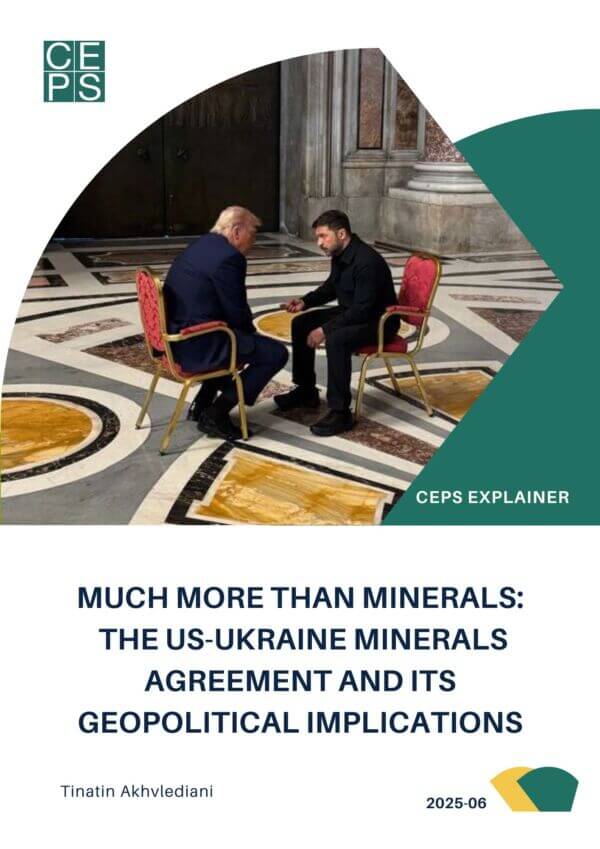Despite a recent spike in concern about a resurgence in great power conflict, addressing terrorism and violent extremism has driven the foreign policy debate in the collective West for the better part of two decades since 9/11. In the European Union, these concerns most prominently emerged in the 2003 European Security Strategy (ESS) that identified terrorism and “violent religious extremism” originating in the EU’s neighbourhood and caused by weak institutions, conflict, and state failure as a primary concern. The crux of the matter, however, is how this increased attention translates in policy terms. In other words, is the EU’s chosen CT-P/CVE policy mix balanced and fit for purpose? First, the EU’s CT-P/CVE action can hardly be framed according to a binary security versus democracy logic because of the significant emphasis placed by the EU on socio-economic development to address the structural causes of violent extremism. Second, despite the EU’s developmental focus, the language of good governance and peacebuilding, as well as funding for these areas, are key elements missing from the EU’s engagement. In order to remedy the many upstream and downstream diplomatic trade-offs that EU policymakers face in tackling violent extremism, the EU must begin to frame CT-P/CVE as part of its wider endeavour to support sustainable peace. It can do this by formulating an EU Agenda for Peace that once again underlines the EU’s commitment to promoting inclusive governance, community resilience, and social justice.
This paper is published as part of CEPS’ PREVEX Horizon 2020 project.







